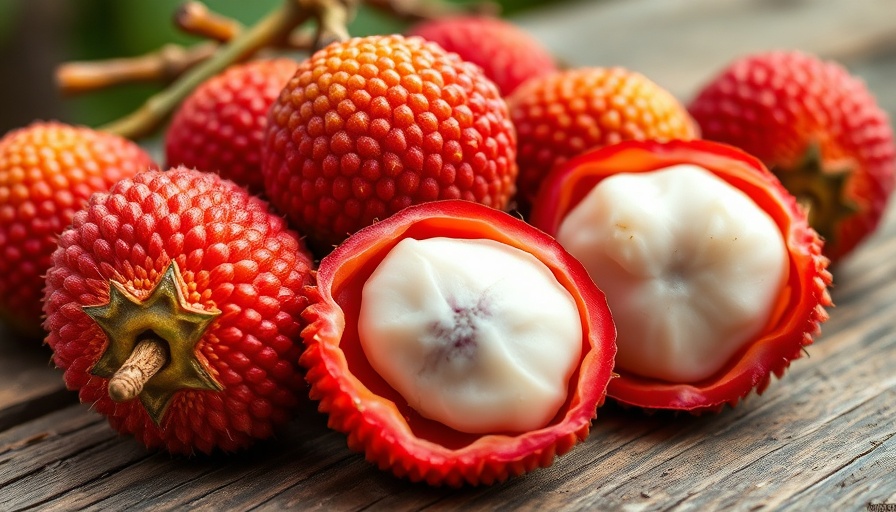
The Hidden Toxins in Lychee: What Every Parent Should Know
As beloved as lychee fruits are for their sweet and fragrant flavor, some alarming concerns have arisen regarding their consumption, especially among children. While it's widely accepted that these tropical delights can be a part of a healthy diet, the potential dangers related to their toxins can hardly be ignored. Parents and caregivers must be informed about how many lychee fruits are safe to enjoy without risking adverse health effects.
A lychee (Litchi chinensis) is a tropical fruit native to southern China, though it’s now grown in various parts of the world, including Southeast Asia, India, and parts of Africa and the Americas. It’s part of the soapberry family (Sapindaceae), which also includes fruits like rambutan and longan.
The Connection Between Lychee and Child Illnesses
Reports have linked the consumption of lychee fruits to severe health outcomes in some regions, particularly in India and Vietnam. Outbreaks of what has been termed "nightmare encephalitis" have primarily affected children, resulting in serious brain complications and, tragically, fatalities. Many agree that the consumption of lychees around the time of these outbreaks points to a significant correlation—though establishing a direct cause remains complex.
Where Do the Toxins Come From?
Investigations reveal that unripe lychee fruits contain a toxin known as methylene cyclopropyl-glycine, closely related to the toxin found in ackee fruit, which has been associated with severe health complications in Jamaica. Children with pre-existing malnutrition seem to be most at risk, as their livers may not have sufficient energy stores to ward off the effects of this toxin. Parents must be especially vigilant during lychee season to mitigate associated risks, particularly if their children are malnourished.
How Many Lychee Fruits Are Safe to Eat?
While it may be tempting to indulge in this delicious fruit, moderation is key. Experts recommend limiting consumption, especially for children. The exact safe quantity can vary based on individual health conditions and nutritional status. Therefore, a general guideline would suggest that caregivers ask themselves: How many lychee fruits am I providing my child? Following seasonal and cultural norms, it’s wise to offer these fruits in small portions and serve them alongside other nutrient-rich foods to balance any potential toxins.
Ensuring a Balanced Diet in Difficult Situations
In light of these concerns, how can parents ensure their children receive adequate nutrition? Encouraging a diverse diet filled with fresh fruits and vegetables can help. Choices such as bananas, apples, and seasonal berries provide excellent alternatives without the potential risks associated with lychee consumption. Exploring local markets for a variety of fruits can also introduce new flavors while maintaining safety.
Consulting Health Professionals
Education is vital for navigating the complexities of fruit consumption and associated health risks. Health professionals, especially pediatricians and nutritionists, can offer tailored advice to fit your child’s needs and dietary requirements. Stay proactive and inquisitive about what’s best for your family’s health, ensuring that both nutrition and safety are prioritized.
In conclusion, while lychees can enhance the fruit bowl's flavor palette, vigilance is necessary. Understanding the risks associated with lychee consumption, especially among vulnerable populations like children, empowers parents to make informed choices. Embrace a diverse diet, seek out expert guidance, and relish the delightful flavors of lychee responsibly!
#lychee, #toxins, #children, #healthrisks, #methylenecyclopropylglycine, #nightmareencephalitis, #nutrition, #safediet, #unripefruit, #parentingtips
 Add Row
Add Row  Add
Add 




 Add Row
Add Row  Add
Add 


Write A Comment